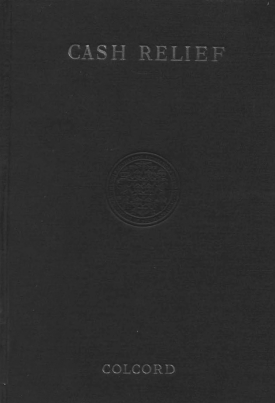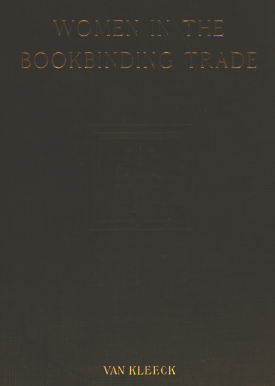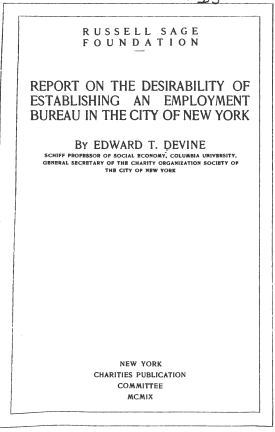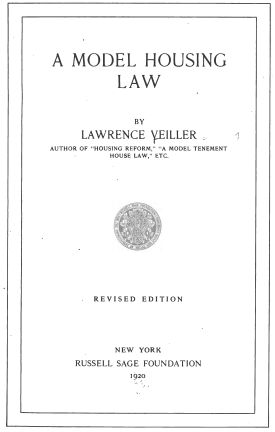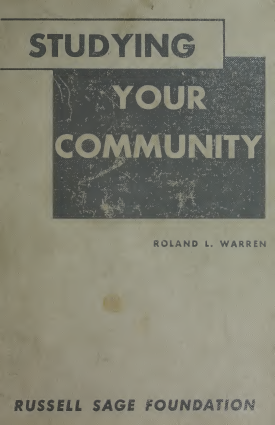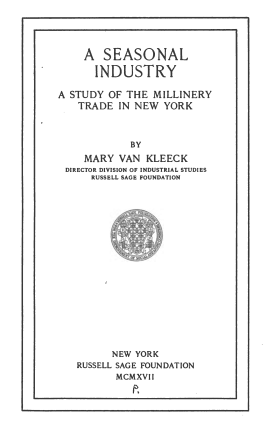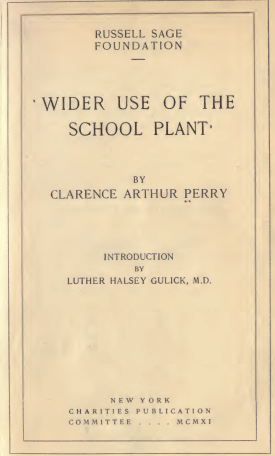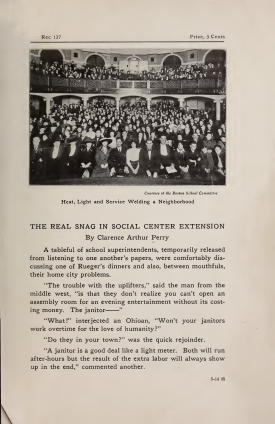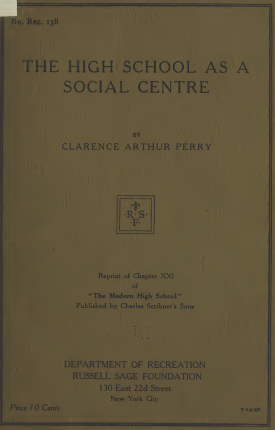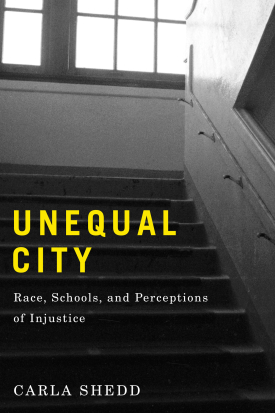
Unequal City
About This Book
Winner of the 2016 C. Wright Mills Award from the Society for the Study of Social Problems
Winner of the 2016 Distinguished Contribution to Scholarship Book Award Presented by the American Sociological Association's Section on Race, Gender, and Class
Honorable Mention, 2017 Outstanding Book Award from the Inequality, Poverty, and Mobility Section of the American Sociological Association
“Unequal City is a revelatory study that shows and tells how inner city young people struggle to acquire a decent education. It powerfully describes the everyday challenges these students face—illuminating how they navigate school and their local communities and the way they confront what too often holds them back. This book should be required reading for anyone who wants to understand the relationship between inequality and urban education.”
—Elijah Anderson, William K. Lanman, Jr. Professor of Sociology, Yale University
“Carla Shedd has written an important book about how race and place shape the experiences of young people in Chicago. Unequal City stands out for many reasons, but most importantly for its empirical richness. Shedd has amassed amazing data and uses both quantitative and qualitative methods to amplify the voices of young people. If you want to understand what young people think about such topics as the police, schools, and in-equality, you should read this book. It is a timely and insightful book.”
–Cathy Cohen, David and Mary Winton Green Professor of Political Science, University of Chicago
Chicago has long struggled with racial residential segregation, high rates of poverty, and deepening class stratification, and it can be a challenging place for adolescents to grow up. Unequal City examines the ways in which Chicago’s most vulnerable residents navigate their neighborhoods, life opportunities, and encounters with the law. In this pioneering analysis of the intersection of race, place, and opportunity, sociologist and criminal justice expert Carla Shedd illuminates how schools either reinforce or ameliorate the social inequalities that shape the worlds of these adolescents.
Shedd draws from an array of data and in-depth interviews with Chicago youth to offer new insight into this understudied group. Focusing on four public high schools with differing student bodies, Shedd reveals how the predominantly low-income African American students at one school encounter obstacles their more affluent, white counterparts on the other side of the city do not face. Teens often travel long distances to attend school which, due to Chicago’s segregated and highly unequal neighborhoods, can involve crossing class, race, and gang lines. As Shedd explains, the disadvantaged teens who traverse these boundaries daily develop a keen “perception of injustice,” or the recognition that their economic and educational opportunities are restricted by their place in the social hierarchy.
Adolescents’ worldviews are also influenced by encounters with law enforcement while traveling to school and during school hours. Shedd tracks the rise of metal detectors, surveillance cameras, and pat-downs at certain Chicago schools. Along with police procedures like stop-and-frisk, these prison-like practices lead to distrust of authority and feelings of powerlessness among the adolescents who experience mistreatment either firsthand or vicariously. Shedd finds that the racial composition of the student body profoundly shapes students’ perceptions of injustice. The more diverse a school is, the more likely its students of color will recognize whether they are subject to discriminatory treatment. By contrast, African American and Hispanic youth whose schools and neighborhoods are both highly segregated and highly policed are less likely to understand their individual and group disadvantage due to their lack of exposure to youth of differing backgrounds.
CARLA SHEDD is assistant professor of sociology and African American studies at Columbia University.

